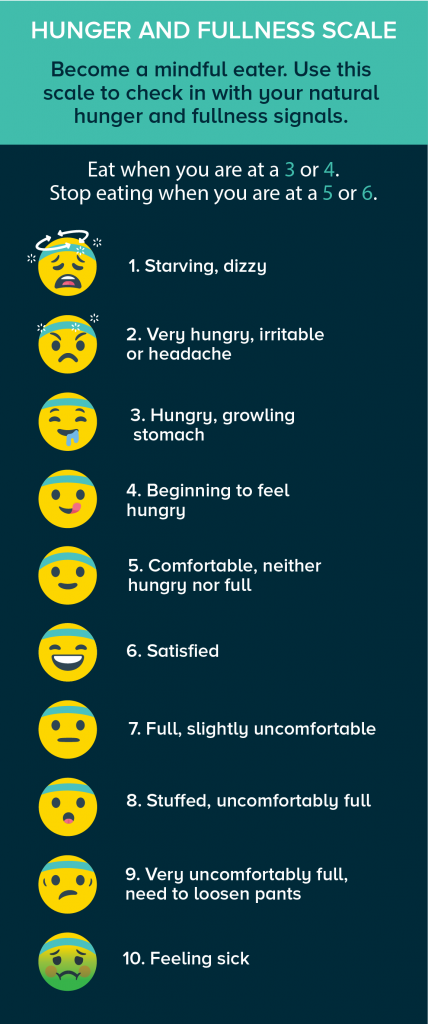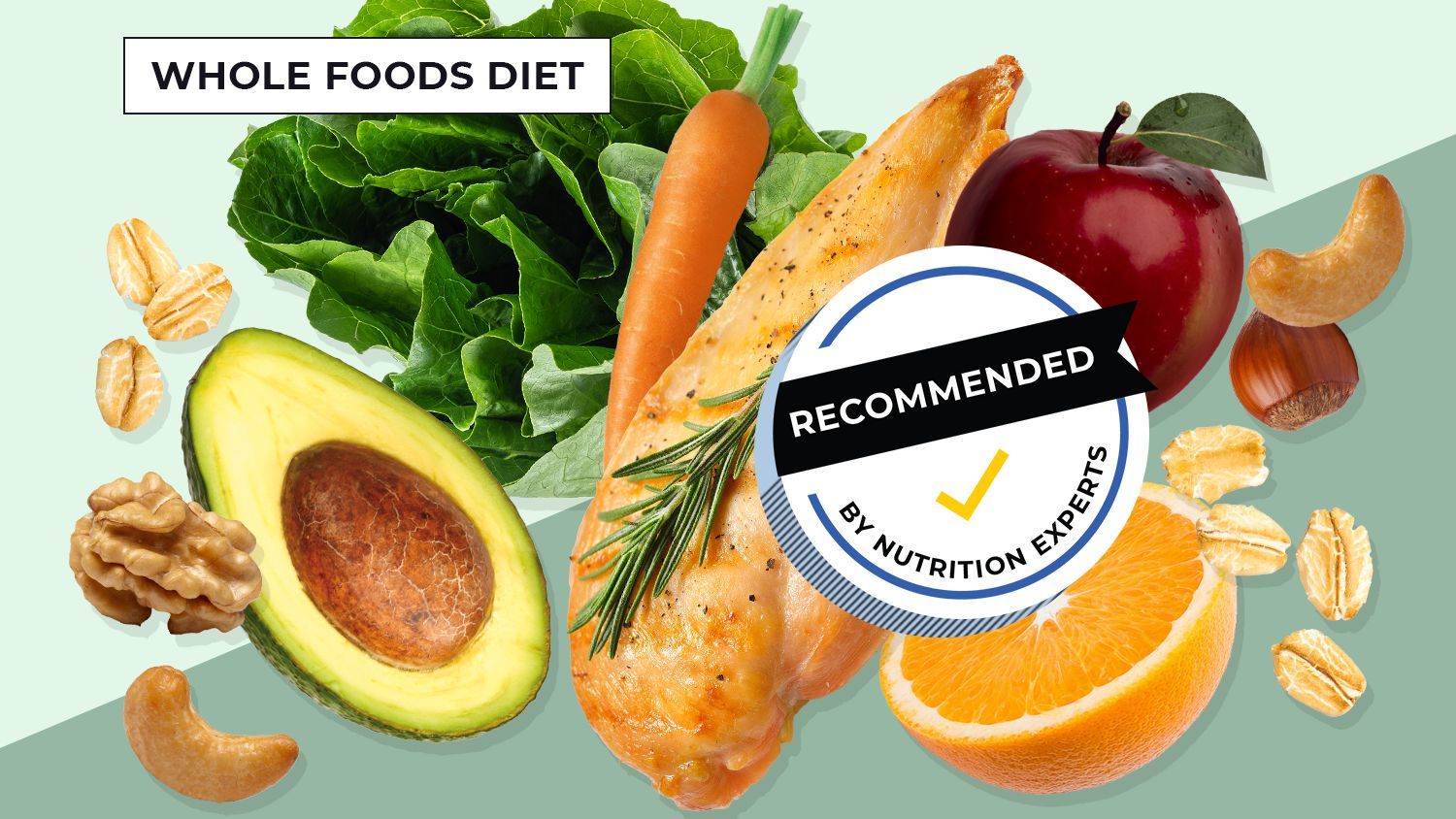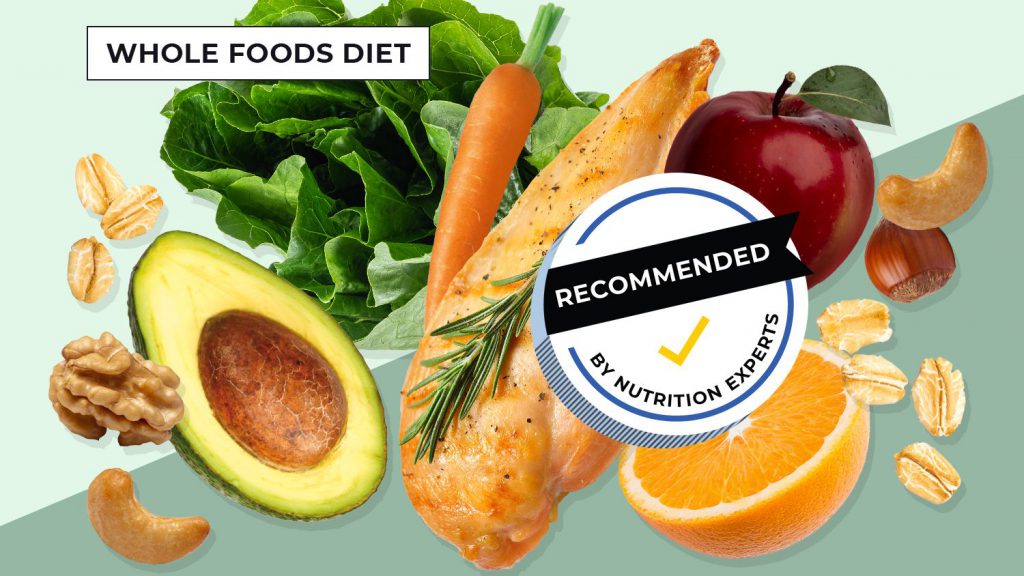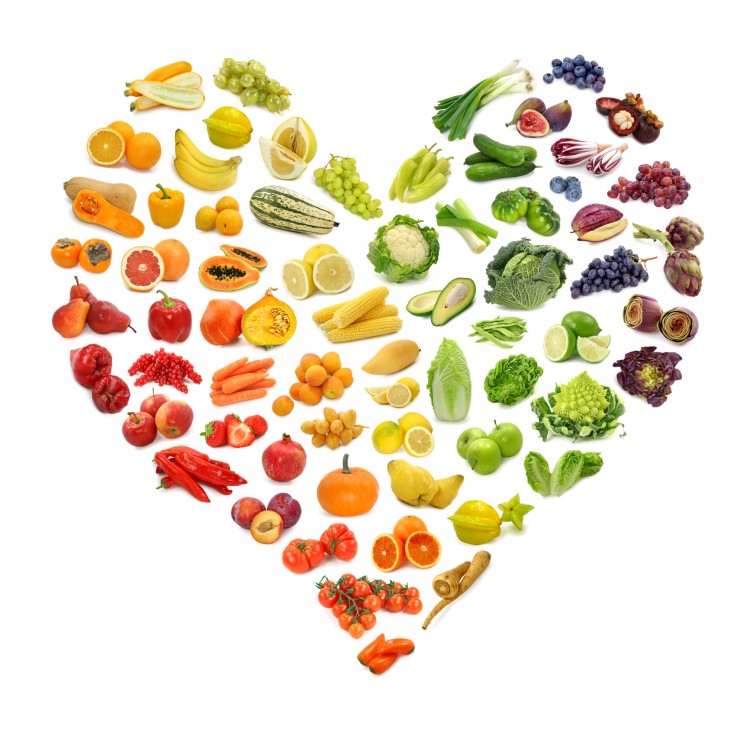Gratitude with Breakfast, Lunch & Dinner
Mealtime is a great opportunity to practice gratitude. Not just for yourself, but as a way to build community and connect with those you share your food with. When we share gratitude with one another, it brings us closer together. We begin to understand what makes each other feel joy and appreciation. And we can create and share those feelings. Its good vibes all around!
I always use dinnertime as a chance to pause and reflect on what I’m grateful for, whether I’m alone, with my family or with friends. I typically ask: “what three things are you most grateful for in your life right now?” What brings your joy? What is going well in your life? What is there to celebrate? What makes you feel lucky or fortunate? Can you be appreciative for this meal? To be fed and have consistent access to good, nourishing food? To not have to worry about going hungry?
While we often have SO MUCH to be grateful for in our lives, how often do we actively reflect on and pay attention to that feeling? Appreciation can fall to the wayside, but we can conjure it back up with a simple reflection like this. It only takes a few moments to incorporate gratitude into your day, and mealtime is a great checkpoint to try it out. Chances are it will bring you closer to those around you, brighten your day, if only a little bit (and maybe A LOT A BIT), and will at least make your meal more enjoyable.







